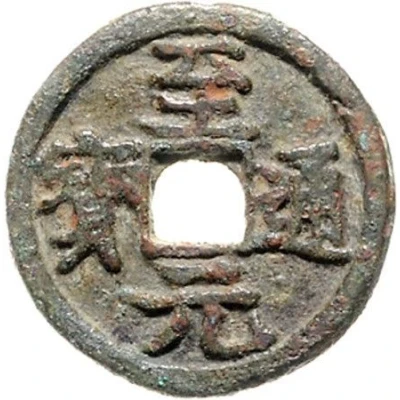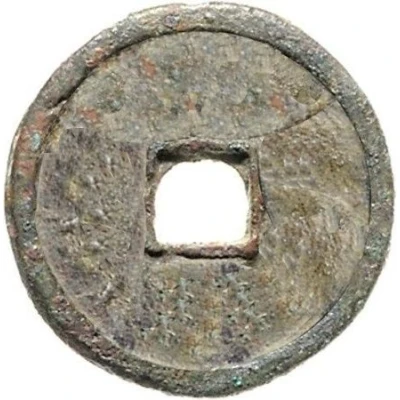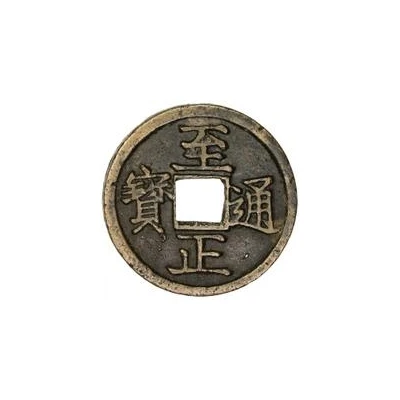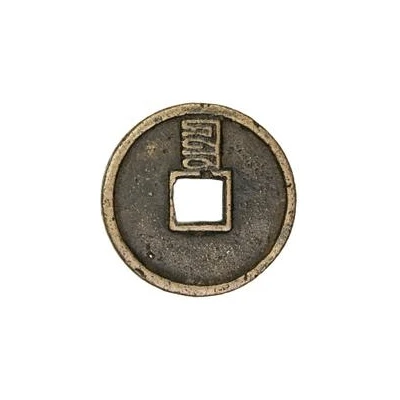


© Teutoburger Münzauktion
2 Cash - Zhiyuan Tongbao; temple coin ND
| Bronze | - | 28 mm |
| Issuer | Empire of China |
|---|---|
| Emperor | Yuan dynasty › Ukhaghatu Khan "Huizong" (元惠宗) (1333-1368) |
| Type | Token |
| Years | 1335-1340 |
| Value | 2 Cash |
| Currency | Cash (621-1912) |
| Composition | Bronze |
| Diameter | 28 mm |
| Shape | Round with a square hole |
| Technique | Cast |
| Orientation | Medal alignment ↑↑ |
| Demonetized | Yes |
| Updated | 2024-10-04 |
| Numista | N#221870 |
|---|---|
| Rarity index | 97% |
Reverse
Blank (uniface).
Edge
Plain
Comment
Zhiyuan was an era used by both Kublai Khan (1260-1294) and Toghon Temür Khan (1333-1368), differenciated by a slight calligraphy change. On those of Kublai Khan, the right stroke of Yuan is pointed.Ayurbarwada Buyantu Khan ceased production of coins in favour of paper money at the start of his reign (1314), even going as far as to make them illegal to use. Standard coins were not produced again until 1350. While this is much larger than the typical temple coin, it could not have been official, but likely still served as a 2 Cash piece.
During the Yuan dynasty, there was a preference for paper money and silver ingots, making actual coins scarce or rare. However, the Yuan dynasty emporers supported Buddhism, and allowed temples to cast their own statues and artifacts. These temple coins were originally cast as offerings to Buddha, but due to their metal content, they still had an intrinsic value. While they were not official issues, these were widely accepted and used as small change in the markets.
With these not being official issues, there are different diameters and weights possible. The average weights seem to be around 1/2 Cash, but smaller and larger weights exist.
Interesting fact
One interesting fact about the A Token 2 Cash - Zhiyuan (Tongbao; temple coin) ND (1335-1340) from Empire of China made of Bronze is that it was used as a form of currency in ancient China, specifically during the Yuan Dynasty. The coin was minted during the reign of Emperor Toghon Temur, also known as Emperor Huizong, who ruled from 1333 to 1368. The coin's design features a square hole in the center, which was used to string multiple coins together for ease of use. Additionally, the coin's bronze material was chosen for its durability and resistance to wear and tear, making it a practical choice for everyday transactions.

